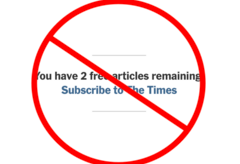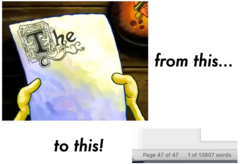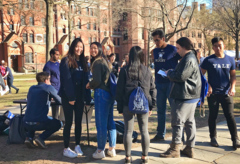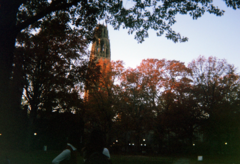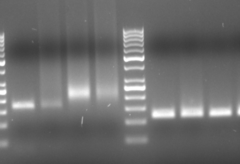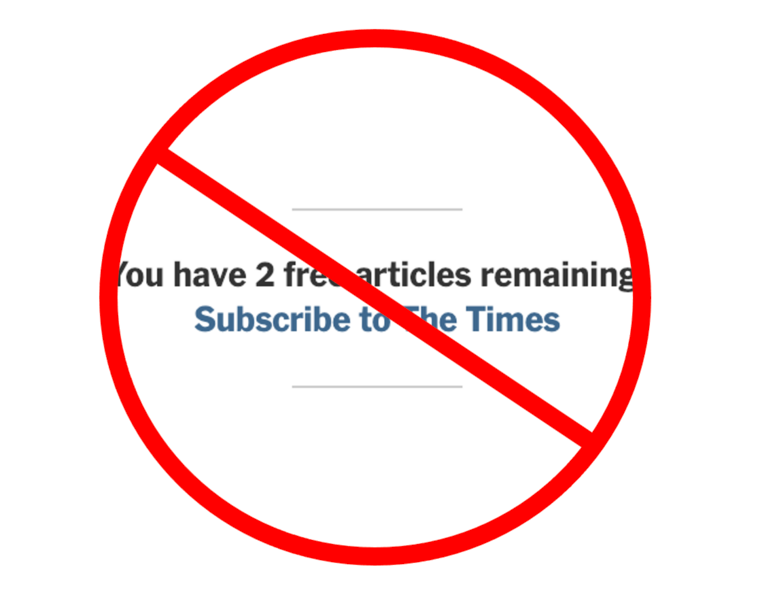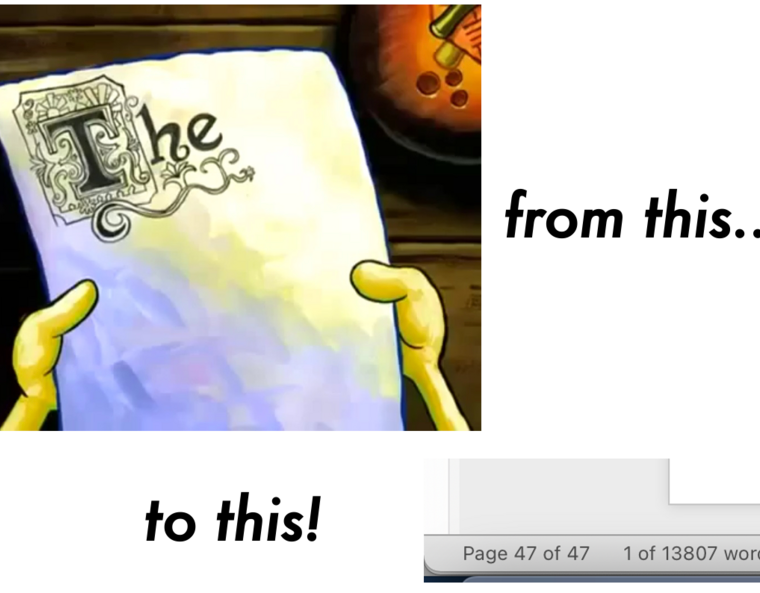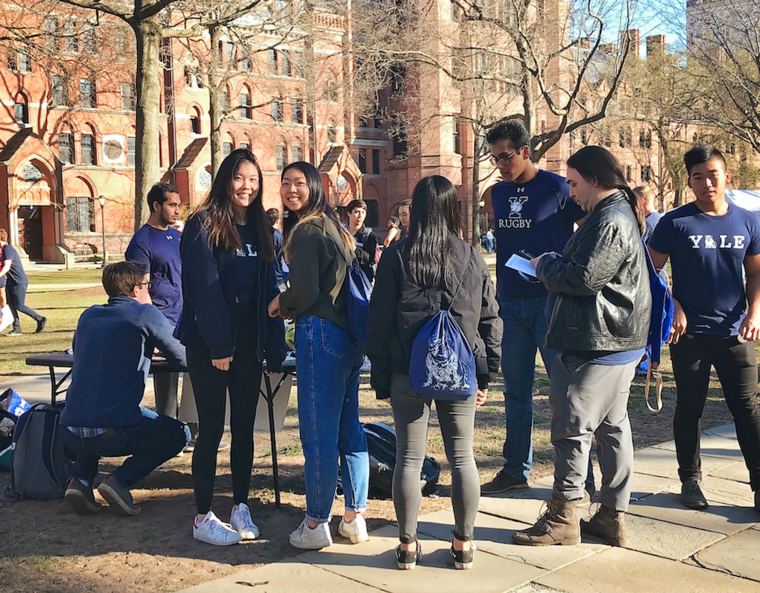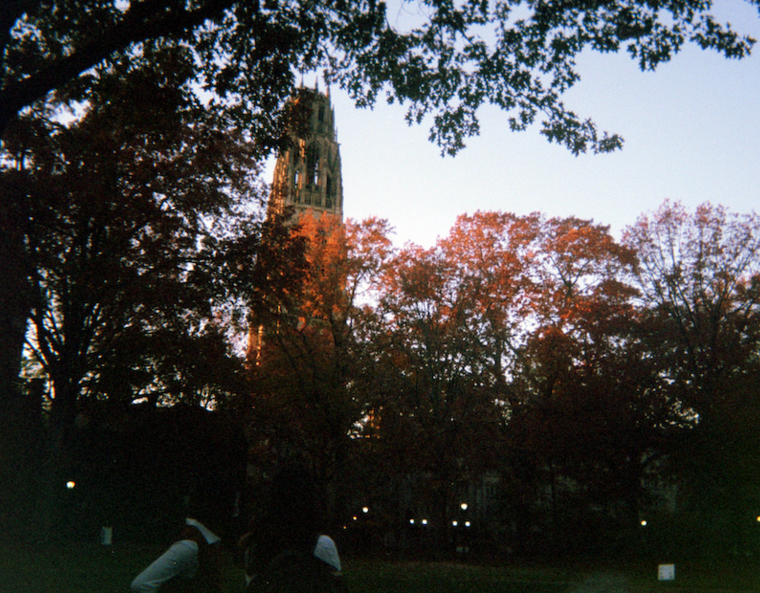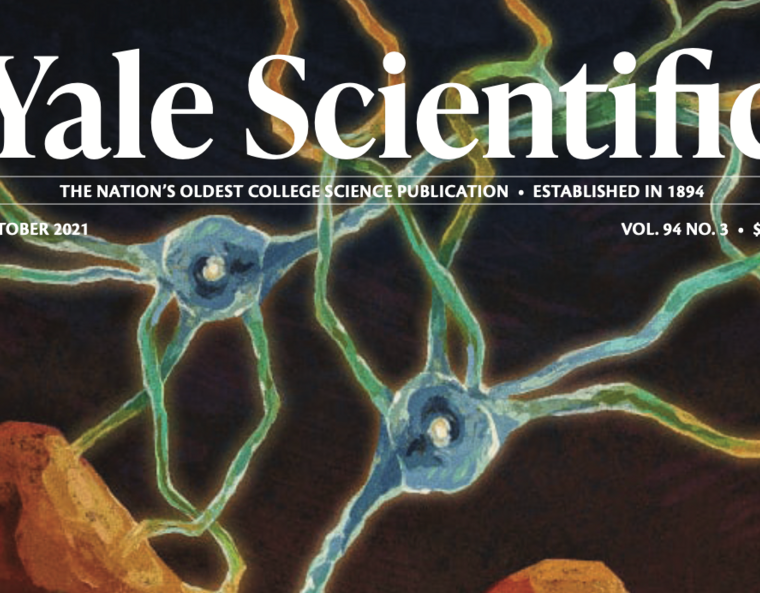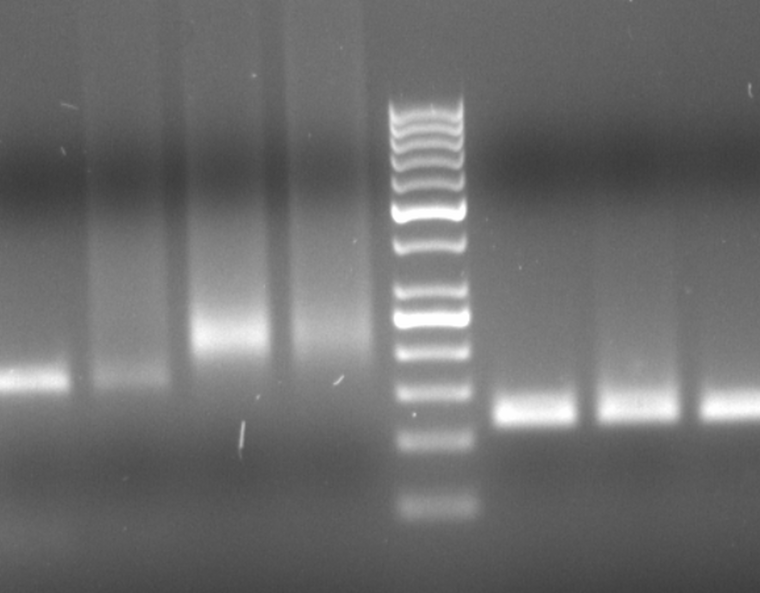
This post is part of a series on my senior project(s). For an introduction to the senior project, see my last post.
Last spring, towards the end of my junior year, I found myself paralyzed by an abundance of choice.
For the past year, I had spent my time immersing myself in both of my majors, Molecular, Cellular, and Developmental Biology (MCDB) and History of Science and Medicine (HSHM). I learned more about cells and biochemical processes and cool microbes. I conducted lab research on RNA and the immune system. And I learned about histories of reproductive healthcare and healthcare activism and healthcare for groups marginalized by race, class, and gender.
As I finished the required courses for both, one key requirement still loomed: the senior project. It was time for me to start thinking about potential topics.
For my MCDB project, my choice was fairly straightforward. I wanted to stay in the RNA biology lab at the medical school, where I’d been doing research since my first year. To this day, I love learning about the complexities of RNA, and I’ve found great support within my research group. I had a conversation with my research advisor (the principal investigator of the lab), and together, we chose a research question about epigenetic RNA modifications that I would spend the next year working to answer.
For my HSHM research, not going to lie, I had no idea what direction to take. I could choose to research almost any topic, and my many HSHM courses had introduced me to an abundance of interesting possibilities.Reproductive justice? Vaccines? Healthcare for immigrant communities? Genetics, eugenics, and scientific racism? Everything seemed so important and so worthwhile.
This is where my MCDB major helped me out. One thing that’s always frustrated me about biomedical research is how easy it can be to lose sight of the human stories behind all the reagents and data. I realized for my HSHM project, I wanted to research the process of research itself—specifically, human subjects research and all the questions of ethics, inclusion, and exploitation that surround it, a topic I had been introduced to in HSHM 406: Healthcare for the Urban Poor.
At the time, in lab, I was researching HIV. For months, I had surrounded myself in maps of the HIV genome and diagrams of the viral life cycle. I had even handled vials containing small chunks of HIV genes. But a lecture in HSHM 321: Cultures of Western Medicine a few months’ back had given me a crash course on the devastating, powerful history of the HIV/AIDS epidemic in the ’80s. A crucial part of this history was activists’ push to redefine the standards of clinical research.
As I dug around more, I grew fascinated by the specific topic of HIV/AIDS clinical research in pregnant women. In sophomore year, I had taken an HSHM course on the History of Reproductive Health, as well as an MCDB course on the Biology of Reproduction. I therefore had a solid foundational understanding of the complexities behind pregnancy, from both a reproductive justice and biological research perspective. The opportunity to explore this layered on top of the equally complex topic of HIV/AIDS clinical research was too enticing to refuse. I had arrived at my topic.
The history of HIV clinical research in pregnant women represented a unification of my medical lab research with my HSHM coursework. This is what most excites me about my double major: I get to explore multiple sides to important topics in medicine, learning both about the science that drives progress and the human stories that make progress relevant—and that we must keep in mind to ensure progress is ethical.
Now, with both my MCDB and HSHM senior project topics in hand, it was time for me to start the hard part: actually doing the work.
Will I come out with something cohesive or will I get lost on the winding path of biological/historical research??? Stay tuned.
